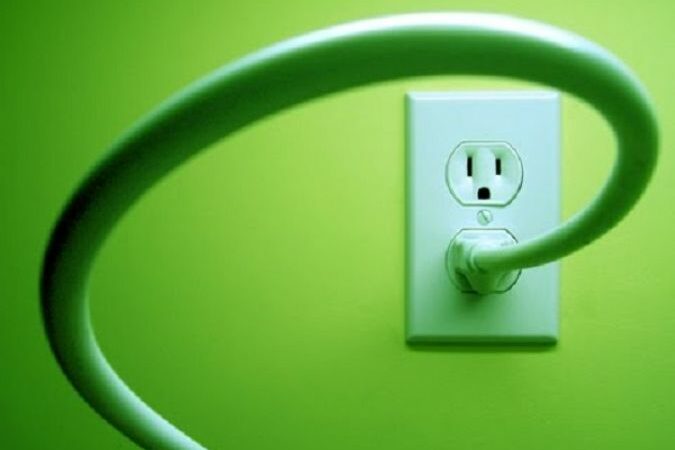
According to a study carried out by the Electric Energy Commercialization Chamber (CCEE), the average energy consumption in the National Interconnected System (SIN) fell 14% in the four weeks after the implementation of measures to combat the coronavirus, compared to the first 20 days. March.
Check other news:
- Petrobras paralyzes rigs in Bahia and Sergipe, 550 oil workers are unemployed
- In the midst of the oil crisis, EBSE delivers tanks and skids to the Azulão field, in Amazonas
- New oil tankers contaminated by the coronavirus in the Campos Basin, this time on the P-26 in Macaé
In the free market, the reduction was 18% in the same period, driven by low consumption in the main sectors of the economy that trade energy. In the captive environment, demand decreased by 13%. The justification for the lower value is due to the continuity of residential consumption.
The data compare the period from March 01st to March 20th and between March 21st and April 17th. The period considered as the beginning of the quarantine was from March 18.
The survey takes into account the total demand of the captive market, in which the consumer buys energy directly from the distributors, and the free market, which allows the choice of supplier and the negotiation of contractual conditions. It does not consider only data from Roraima, a state not connected to the national electrical system.
Values by branch of activity
The sectors of the automotive and textile industry lead the biggest falls in the free market. The textile segment registered a drop of 49%. The vehicle sector showed a 65% drop in demand after the beginning of the quarantine.
The other sectors showed the following decline numbers:
- Trade: 16%;
- Non-metallic minerals: 23%;
- Manufactured: 34%;
- Services: 37%;
- Others: 8%;
Rio Grande do Sul was the state with the highest percentage drop in energy consumption since the quarantine was implemented, with a 30% reduction. Among the 3 biggest variations, appear Santa Catarina (22%), Mato Grosso do Sul (18%) and Paraná also with 18%.










